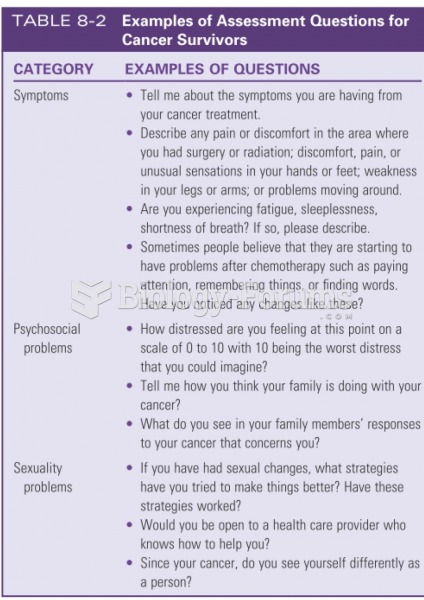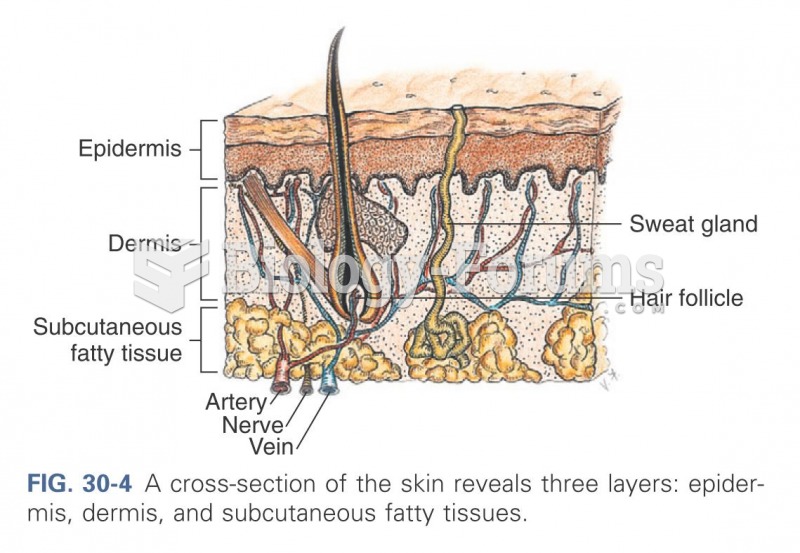|
|
|
Did you know?
There are 20 feet of blood vessels in each square inch of human skin.
Did you know?
According to the CDC, approximately 31.7% of the U.S. population has high low-density lipoprotein (LDL) or "bad cholesterol" levels.
Did you know?
In the United States, there is a birth every 8 seconds, according to the U.S. Census Bureau's Population Clock.
Did you know?
Everyone has one nostril that is larger than the other.
Did you know?
The average office desk has 400 times more bacteria on it than a toilet.







